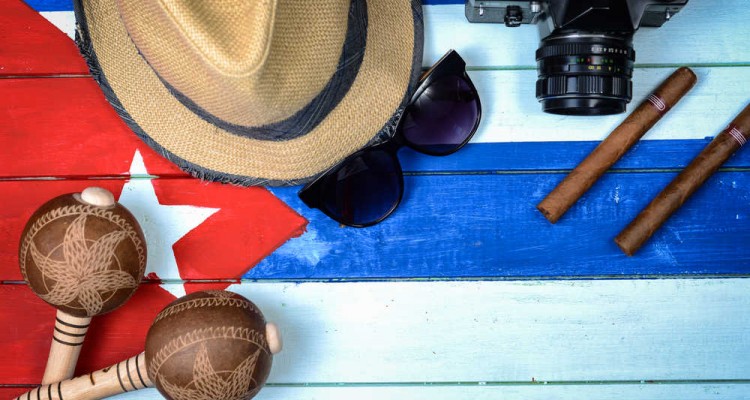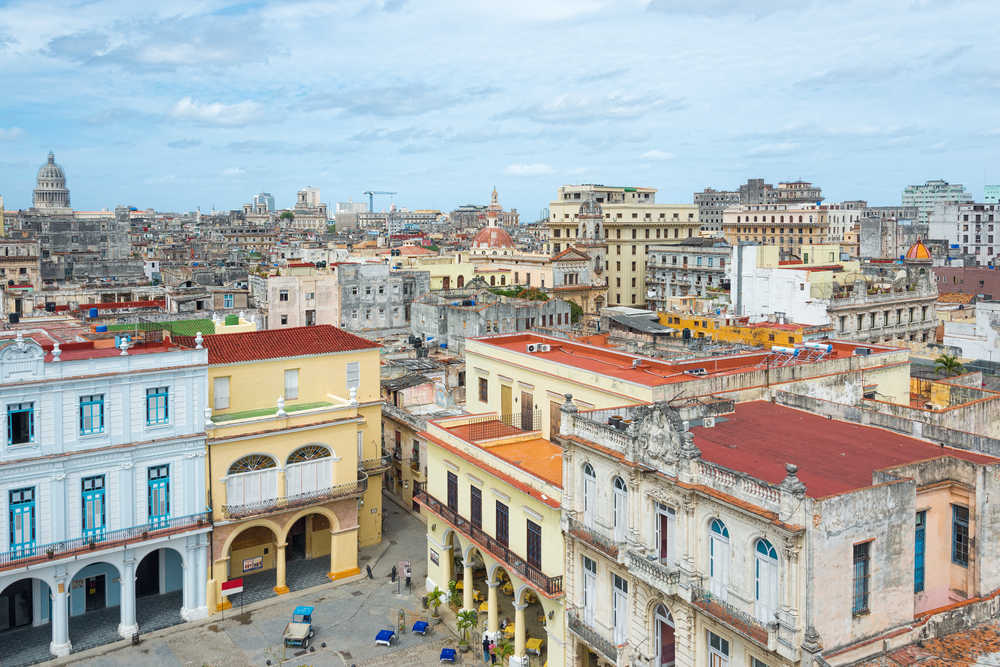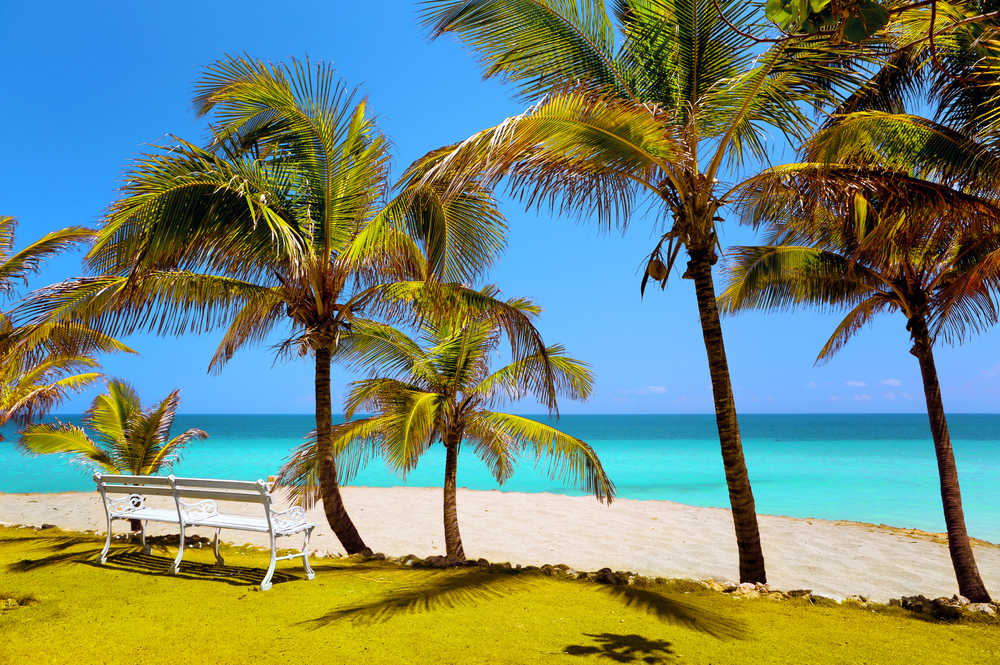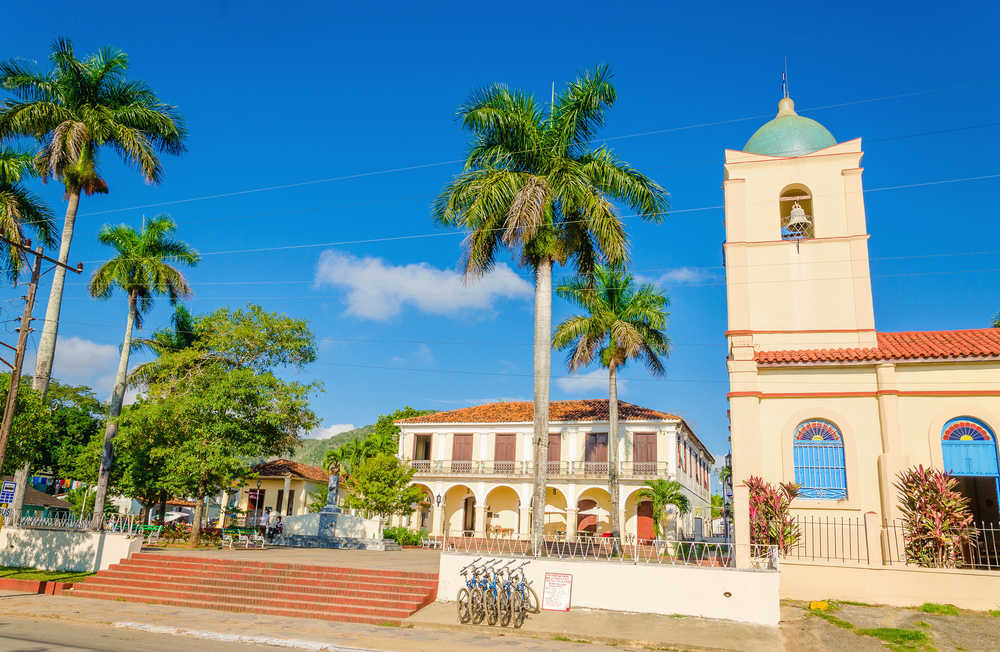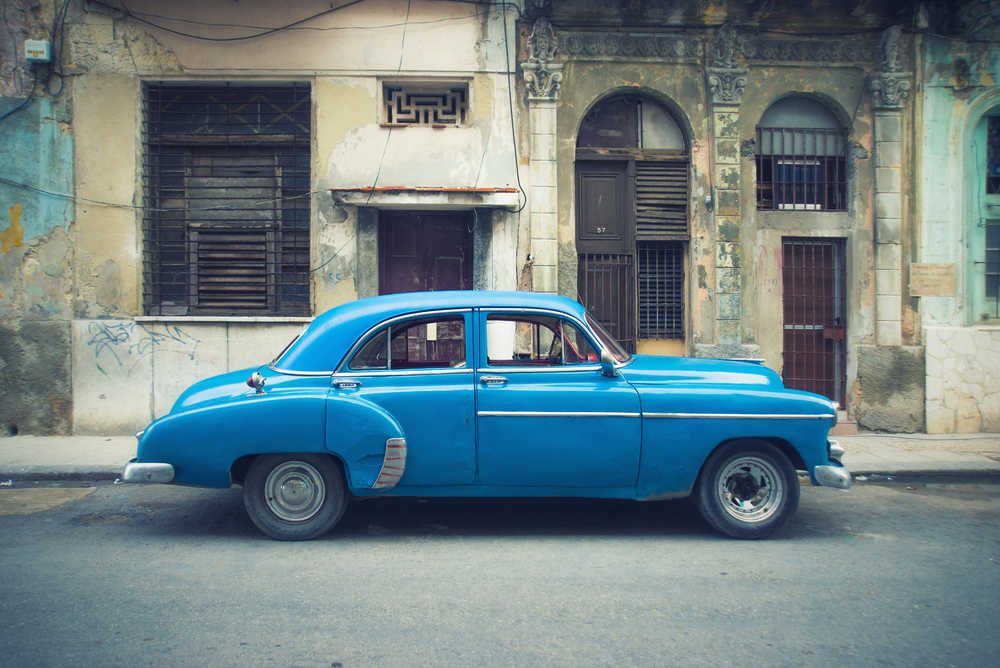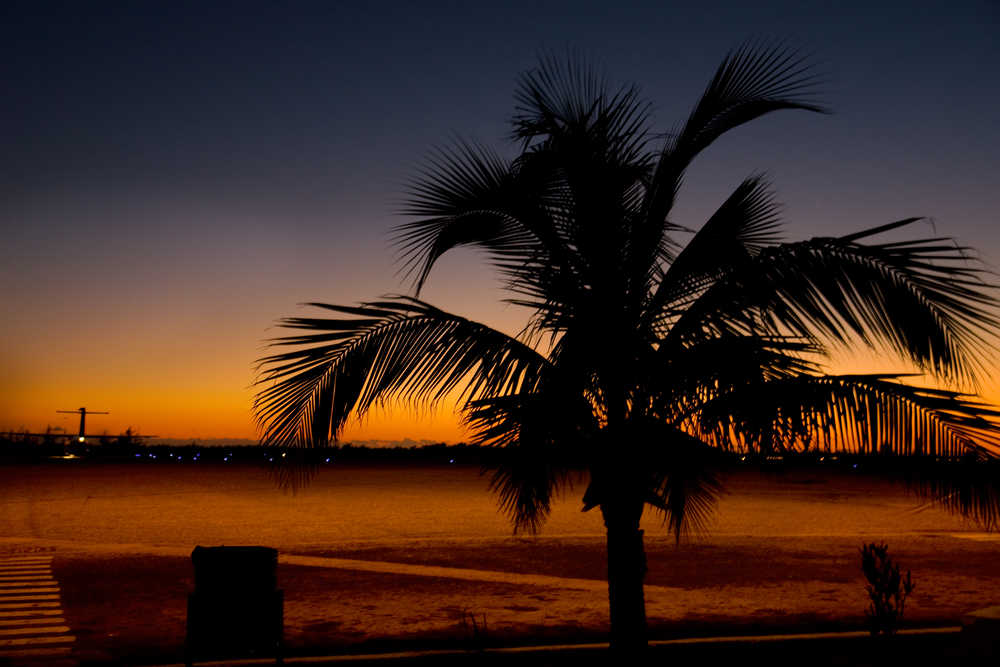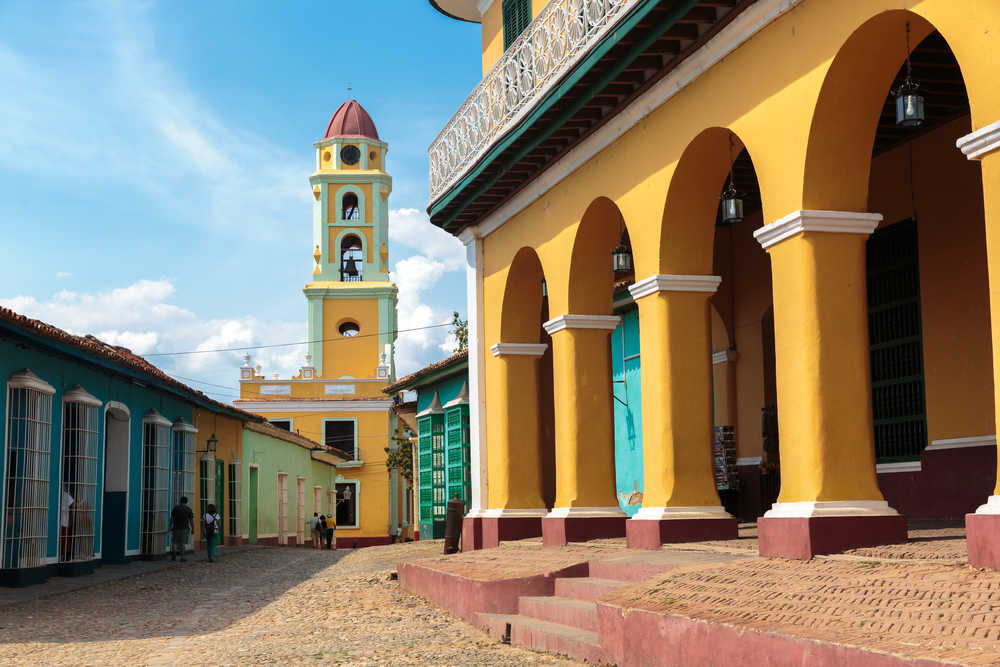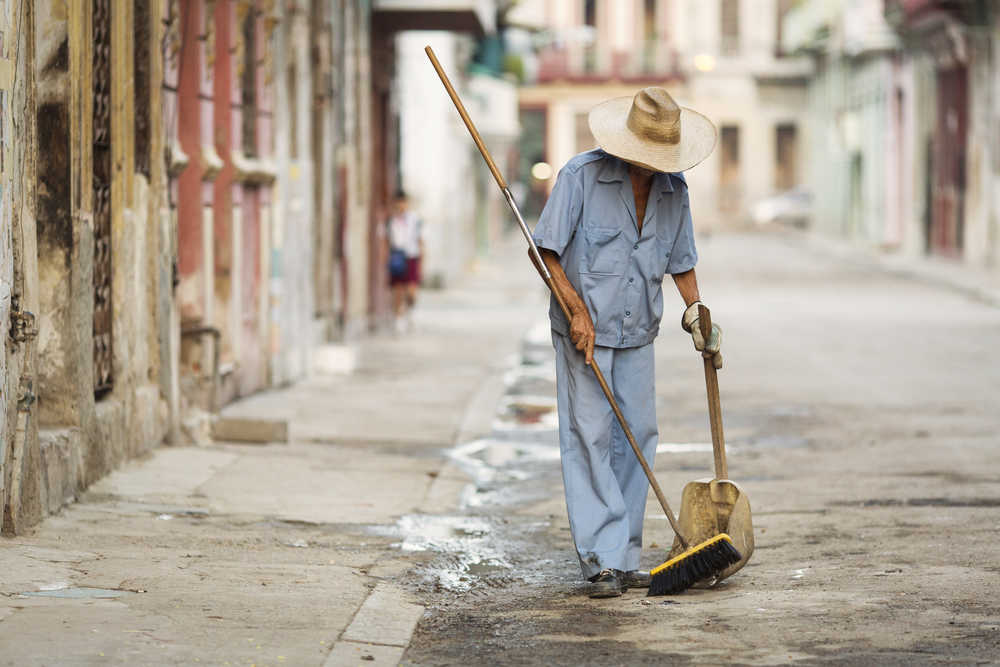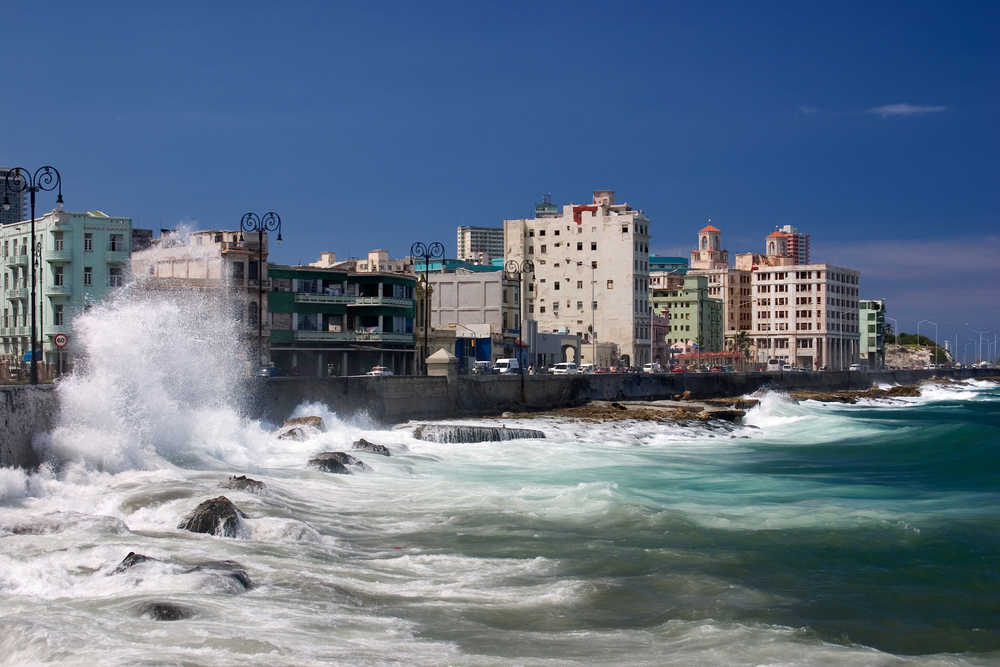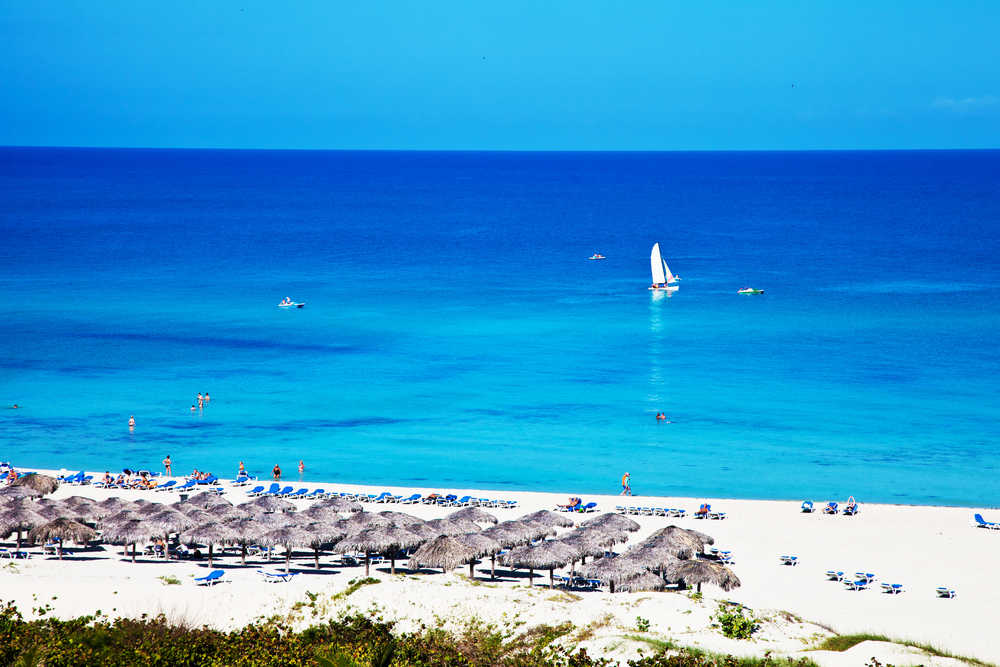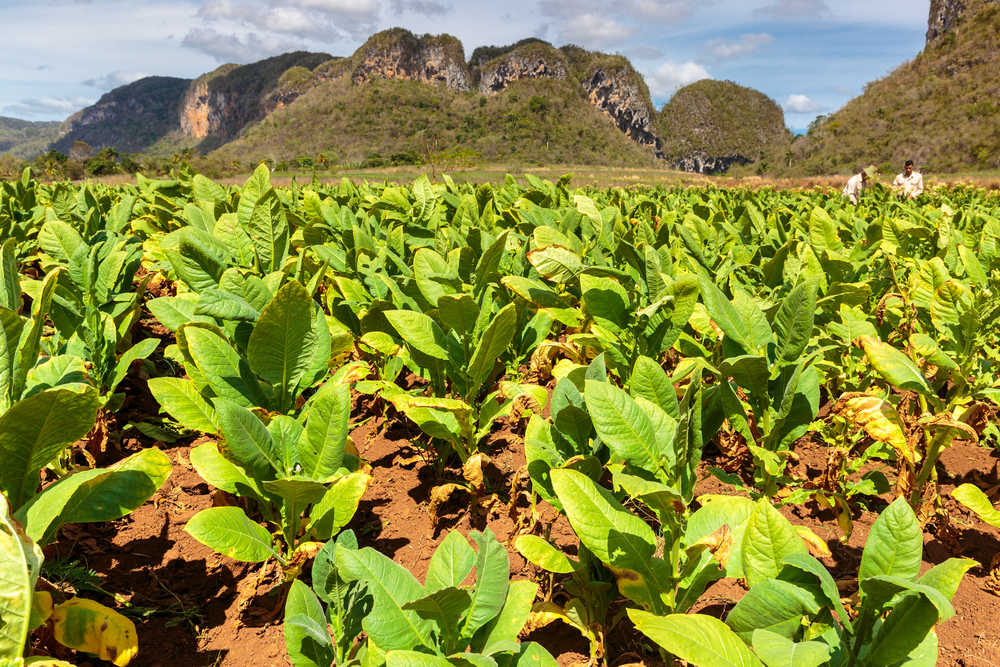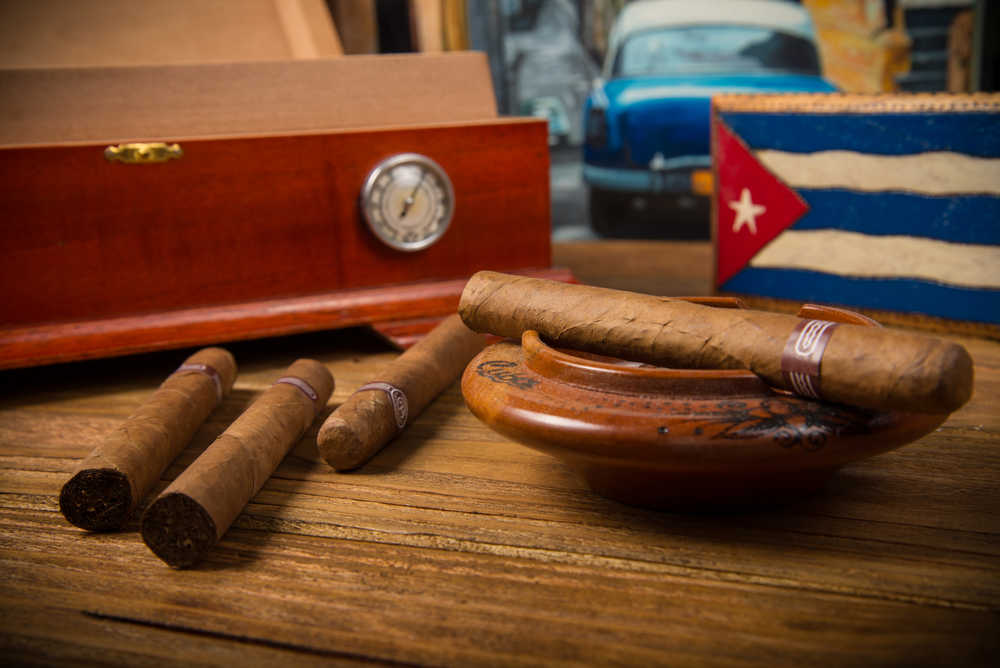Are you Cuba-curious?
With Diplomatic ties between the U.S. and Cuba recently restored, you may be busy looking out your Fedora hat, or your handy Spanish phrase book, but before you do—ask yourself this, is Cuba ready for me? Well, like many things in the ongoing U.S. relationship with Cuba, the answer is not always simple.
Located only a few 100 miles from Miami, in the Caribbean Sea, Cuba is part of North America, or is it Central America, or Latin America? Depends on who you ask.
The Communist run island is the largest in the Caribbean and surprisingly (to many), enjoys a thriving tourist trade—without U.S. nationals! Visitors from Canada, Europe, and more can already enjoy the sights and sounds of downtown Old Havana, as well as the miles of sandy beaches in resort towns like Varadero,
- Old Havana
- Varadero Beach
but for now, visiting U.S. citizens must meet certain requirements in order to legally enter. Many Cuba-curious folks are hoping to catch a glimpse of this fascinating island while it retains its unique character, so here are some facts on the what, and the how, of visiting Cuba—at least until the facts are re-written tomorrow!
1.) Qualifying for Cuba
The official stance on U.S. tourists visiting Cuba remains—Cuba is off-limits!
This hard line has softened somewhat since the recent diplomatic advances, but is still technically accurate. In order for U.S. citizens to visit Cuba they must fall into permitted travel categories, listed officially as follows:
“family visits; official business of the U.S. government, foreign governments, and certain intergovernmental organizations; journalistic activity; professional research and professional meetings; educational activities; religious activities; public performances, clinics, workshops, athletic and other competitions, and exhibitions; support for the Cuban people; humanitarian projects; activities of private foundations or research or educational institutes; exportation, importation, or transmission of information or information materials; and certain authorized export transactions.”
OK—take a breath—check out these pics to remind you why it’ll all be worth it when you get there!
- Vinales, Cuba
- Vintage Car
These categories allow U.S. citizens to travel under general licences, which are wholeheartedly more generic than the previously used, individual licences, which were reviewed on a more case by case approval basis.
This full list of categories is published on the Office of Foreign Assets Control (OFAC) site, along with a host of other developing updates, restrictions, and travel warnings for U.S. citizens.
If in doubt, please adhere to the following statement from OFAC:
“In the event you have any questions about travel transactions with Cuba, please contact OFAC or carefully check the Regulations before you engage in any activities that may be in a violation of the law. The Regulations are the definitive statement of the law with respect to the prohibitions of the U.S. embargo with respect to Cuba.” and read their FAQ’s.
You have been advised.
2.) Getting to Cuba
- Cuba Calling!
- Arriving in Cuba
OK, so let’s say you qualify through one of the permitted categories, and you’re now planning your trip—what’s next?
Well, things are looking up. [pullquote align=”full” cite=”” link=”” color=”” class=”” size=”20″]An historic agreement was reached on February 17th, 2016 authorizing up to 110 daily U.S. commercial flights to destinations in Cuba, the first such agreement in over 50 years! [/pullquote]
Airlines were given 2 weeks to submit applications for routes, with announcements expected this summer.
Nowadays, airlines see Cuba as a lucrative potential market, and with upcoming services directly into Havana and beyond, passengers will welcome the change from connecting in a 3rd country onto an aging Cubana Airlines aircraft. Big names like American, are already up and running from Miami, whilst jetBlue offers service from Fort Lauderdale, New York, and Tampa, all through charter companies.
But for now, before you grow frustrated searching for flights to Cuba on your favorite sites (CheapOair we’d hope?), spare yourself the trouble. Bookings to Cuba, even on the big carriers, still have to be booked through authorized 3rd party charter companies until the agreement goes into effect. Try booking online, and prompts will quickly advise you to make a call.
By the way, if you do secure a flight, recommended check in time is 4 hours prior to departure, a length more commonly associated with long distance international travel. This is due to security screening, and travelers transporting goods to friends and relatives on the island. Once airborne the flight should only take about 45 minutes.
3.) What will Cuba be like?
- Trinidad, Cuba
- Cleaning Havana
Cuba still retains an air of mystery that befits a country that has been forbidden for U.S. nationals for so long. When the U.S. Embassy closed it’s doors in Havana back in 1961, many of us weren’t even born, so Cuba has to many, become somewhat of a ghost country.
Nowadays, Cuba may surprise visitors with it’s mix of old and new. Stunning architecture, vintage American cars, brightly colored facades, and warm Caribbean beaches, are all real, but don’t overlook that the Cuban people, especially those outside Havana and other designated tourist areas, have had it hard. For many, money is tight, so tourism offers a real opportunity for profit. Like any city there will be good and bad, and there will always be those who look to exploit tourism, and those who genuinely welcome it, wishing nothing more than to proudly show off their country.
In many ways, the vintage cars that appear in postcards and photos, and generate such nostalgia, are a peek into the reality of Cuba. Beautiful exterior, but in need of a little touch up on the interior.
4.) Enjoying Cuba
- The Malecón
- Varadero Beach
- Tobacco Plants
Old Havana is your absolute first port of call when you land, and will enrich your stay not only with it’s architecture and vintage cars, but with music, food, and vibrantly colorful locals. Take the classic drive along the coastline, The Malecón, for a real glance back to the days when everyone who was anyone was hanging out here. On a windy day, huge waves have been known to crash over the sea wall, closing the road to traffic. Catch a sunset or two while you’re here, to truly appreciate the warm glow of the painted facades.
Many people refer to Varadero Beach as the most beautiful beach in the world! This 20 mile stretch of fine, pure white sand, is a veritable nirvana for sun worshipers, and also provides the jumping off point for fishing tours, scuba diving, dolphin encounters, and more! Once the sun sets magnificently over the horizon, Varadero Beach revs up the nightlife. With over 40 hotels and 20 clubs and bars (that’s one per mile!), along this thin strip of vacation fun, you’ll find it hard to decide between a cool Daiquiri or a hot Cha-Cha-Cha!
Next up, head out to the Alejandro Robaina Tobacco Plantation, for a once in a lifetime opportunity to tour a working plantation. Best time to visit is October to February, when these internationally acclaimed tobacco plants will be at their peak. You’ll get the opportunity to try your hand at rolling a cigar, and everyone walks out with a souvenir!
5.) Have a Cigar?
So, can you bring any of those famous cigars home? Yes! We’ve finally found a simple, clear answer.
Under current Customs regulations, a U.S. visitor is entitled to bring back tobacco products to the tune of $100. Unfortunately most official boxes of Cuban cigars will run you more than that, but frequent travelers have advised that they have brought home 1 or 2 boxes, without experiencing any difficulty. Once again, maybe the answer isn’t so simple.
One thing is certain from this recent commercial flight agreement—the ability to come and go into Cuba as a tourist will inevitably change over the coming months, and for those of you fortunate enough to visit now, you’ll be rewarded with seeing the island as it has been, for so many years. As additional tourist revenue flows in, the way Cuba was, may be swept aside like a wave crashing over The Malecón, begging the question, how long can Cuba retain it’s unique identity?
The answer, as we may have mentioned, is not always simple. With U.S. elections looming, we could still see further wholesale changes to the Cuban travel policy, perhaps opening it’s doors even wider, or perhaps, slamming them shut once again to keep this enigmatic island tantalizingly…close—but no cigar!
If Cuba’s doors were opened wide tomorrow, would you book your next vacation there? Let us know why in the comments section below!

